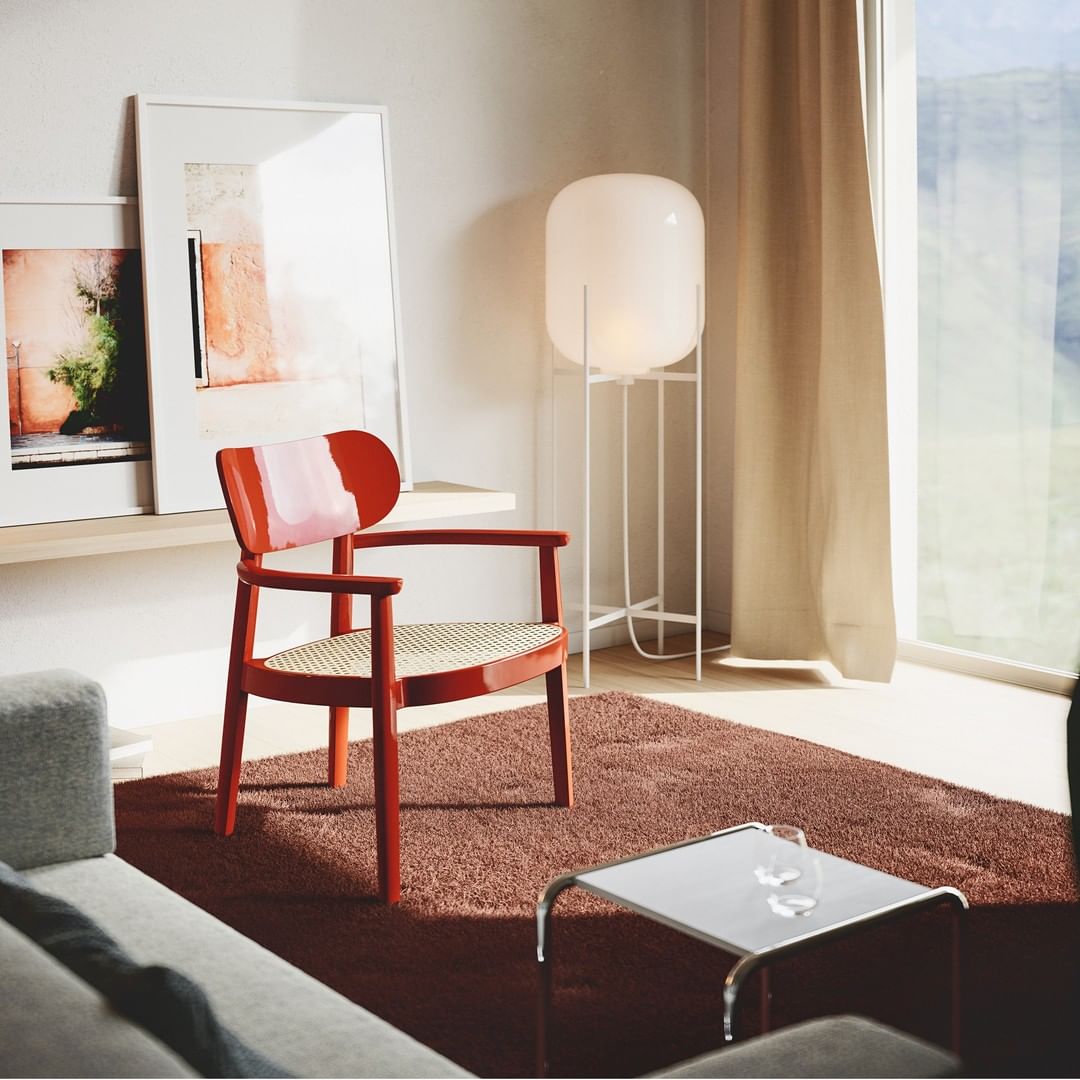
CONTRIBUTORS
A legend called Thonet
David Lourenço
Despite my background in advertising, working in the field and loving what I do, architecture and its facets make my eyes light up.
I don’t have a defined, closed style (my concept of personality is broad; I don’t follow a basic recipe).
This is a time of creative explosion; experimenting and mixing are the watchwords, always with the same objective of creating your living space, from the choice of a particular object to the construction of an entire, personalized atmosphere.
A few years ago, when I was setting up my first house, I was completely captivated by an idea called Thonet. You might not be matching the name to the object, but you’ve certainly sat down for a meal in a No. 14 chair or relaxed while rocking in a No. 04. Still not recalling it, are you?
Michael Thonet was the son of carpenters and developed a technique to steam-bend solid wood (a milestone in the history of industrial design), giving life to a lightweight, elegant object composed of few elements. With the help of his sons, in 1859 he presented in Vienna the chair that remains the best-selling in history; a piece with simply six elements and six screws.
Originally named No. 14 (today it’s 214 in the catalog), the “Austrian style” chair was commissioned by a café in Vienna. It was perfect for the establishment because, in addition to the characteristics already mentioned, its perforated cane weave prevented coffee splashes. Production was quick, inexpensive and logistically extremely simple; 36 chairs fit in a box of just 1 m2, which exponentially accelerated sales, and by 1930 over 50 million units were already in use around the world.
The Thonet style went beyond conventional chairs, also shaping rocking chairs, benches and tables.
But returning to my desire to mix eras, textures and colors without following a manual, I think I’ll never be able to live in a home again without a Thonet piece. I feel they are timeless and that, despite their more than 160 years, they bring freshness to any environment. Today at home, it’s the ebony No. 14 chairs with light cane that surround the white Saarinen dining table with Piguès top—the meeting of Vienna in 1859 with Finland in 1956.



